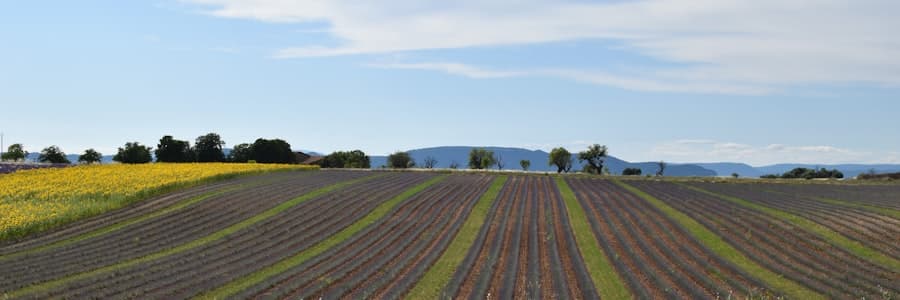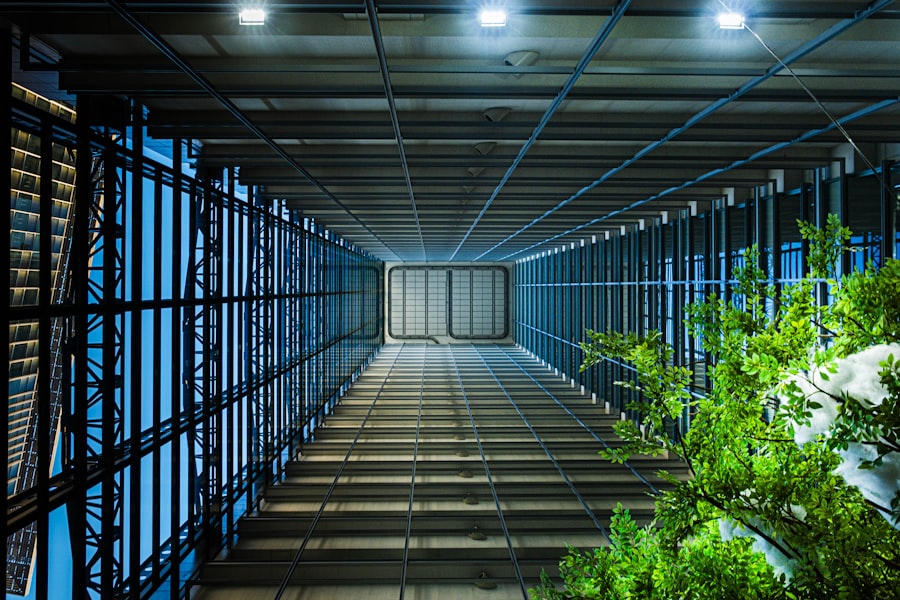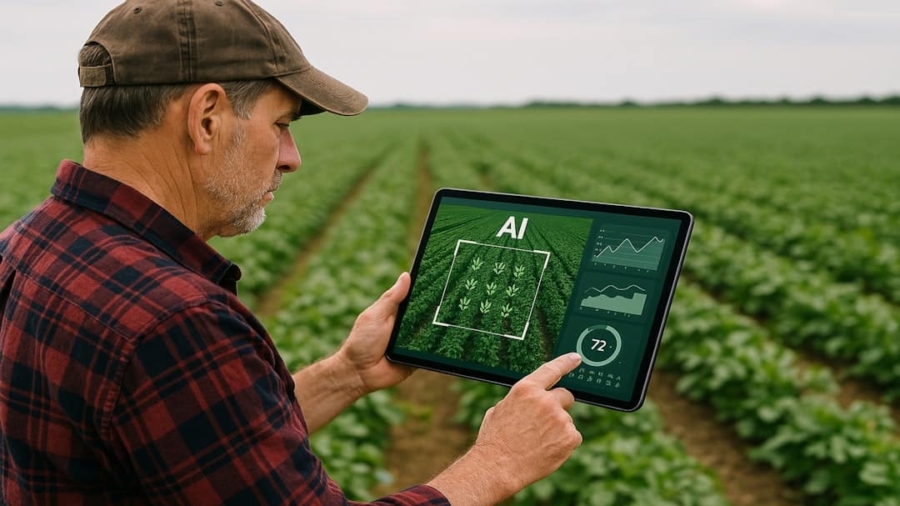Simulation games have emerged as a powerful tool in various fields, including education, training, and entertainment. These interactive experiences allow players to engage with complex systems and scenarios in a controlled environment, providing a unique opportunity to explore the consequences of decisions and actions. By mimicking real-world processes, simulation games can facilitate learning and understanding in ways that traditional educational methods often cannot.
They encourage critical thinking, problem-solving, and collaboration among players, making them particularly effective in addressing multifaceted issues such as climate change. The rise of digital technology has further enhanced the accessibility and appeal of simulation games. With advancements in graphics, artificial intelligence, and user interface design, these games can create immersive experiences that captivate players while delivering educational content.
By simulating the intricate dynamics of ecosystems, economies, and social systems, these games provide players with insights into the complexities of climate change and the importance of sustainable practices.
Key Takeaways
- Simulation games are interactive and immersive experiences that allow players to simulate real-world scenarios and make decisions that impact the outcome.
- Climate change is a pressing global issue that has far-reaching impacts on the environment, economy, and society.
- Simulation games can be powerful tools for educating students about climate change, as they provide a hands-on and engaging way to explore complex environmental concepts.
- Examples of simulation games on climate change include “Fate of the World,” “SimCity,” and “Eco.”
- Using simulation games for climate change education can help students develop critical thinking skills, understand the interconnectedness of environmental systems, and explore potential solutions to mitigate the effects of climate change.
The Impact of Climate Change
Climate change represents one of the most pressing challenges facing humanity today. The scientific consensus is clear: human activities, particularly the burning of fossil fuels and deforestation, are driving unprecedented changes in the Earth’s climate system. These changes manifest in various forms, including rising global temperatures, shifting weather patterns, increased frequency of extreme weather events, and rising sea levels.
The consequences of climate change are far-reaching, affecting not only the environment but also human health, food security, and economic stability. The impact of climate change is not uniform; it disproportionately affects vulnerable populations and regions. Low-lying coastal areas are at risk of flooding due to rising sea levels, while arid regions face increased droughts and water scarcity.
Additionally, climate change exacerbates existing social inequalities, as marginalized communities often lack the resources to adapt to its effects.
The Role of Simulation Games in Education

Simulation games serve as an innovative educational tool that can enhance learning experiences across various subjects. By immersing players in realistic scenarios, these games encourage active participation and engagement, which are crucial for effective learning. In the context of climate change education, simulation games can help students grasp complex concepts such as carbon cycles, ecosystem interdependencies, and the socio-economic implications of environmental policies.
This experiential learning approach fosters a deeper understanding of the material compared to traditional lecture-based methods. Moreover, simulation games promote collaboration and communication among players. Many educational simulations require teamwork to solve problems or achieve objectives, mirroring real-world scenarios where collective action is essential for addressing climate change.
This collaborative aspect not only enhances social skills but also encourages players to consider diverse perspectives and solutions. As students navigate through challenges within the game, they develop critical thinking skills that are vital for tackling real-world issues.
Examples of Simulation Games on Climate Change
Several simulation games have been developed specifically to address climate change and its associated challenges. One notable example is “SimCity,” a city-building game that allows players to design and manage their own urban environments while considering factors such as pollution, energy consumption, and public health. Players must balance economic growth with environmental sustainability, making decisions that impact their city’s carbon footprint and overall livability.
Another example is “Climate Challenge,” a web-based game where players take on the role of a government leader tasked with reducing greenhouse gas emissions while managing economic growth and public opinion. The game presents players with various policy options and their potential consequences, encouraging them to think critically about the trade-offs involved in climate action. Through these interactive experiences, players gain insights into the complexities of climate policy-making and the importance of informed decision-making.
Benefits of Using Simulation Games for Climate Change Education
The use of simulation games in climate change education offers numerous benefits that enhance learning outcomes. One significant advantage is their ability to simplify complex concepts into manageable scenarios. By breaking down intricate systems into interactive elements, simulation games make it easier for players to understand the relationships between human activities and environmental impacts.
This simplification is particularly valuable in educating younger audiences who may struggle with abstract scientific principles. Additionally, simulation games foster emotional engagement with the subject matter. Players often develop a sense of ownership over their virtual environments and feel a personal connection to the outcomes of their decisions.
This emotional investment can lead to increased motivation to learn about climate change and its implications in the real world. Furthermore, by experiencing the consequences of their actions within the game, players are more likely to internalize lessons about sustainability and responsible resource management.
Challenges and Limitations of Using Simulation Games

Despite their potential benefits, there are challenges and limitations associated with using simulation games for climate change education. One significant challenge is ensuring that the simulations accurately represent real-world dynamics. If a game oversimplifies complex systems or presents misleading information, it can lead to misconceptions about climate change and its causes.
Developers must work closely with scientists and educators to create simulations that are both engaging and scientifically sound. Another limitation is accessibility; not all students have equal access to technology or the internet required to play these games. This digital divide can exacerbate existing inequalities in education, leaving some students without the opportunity to benefit from these innovative learning tools.
Additionally, educators may require training to effectively integrate simulation games into their curricula, which can be a barrier to widespread adoption.
Integrating Simulation Games into Formal Education
To maximize the impact of simulation games in climate change education, it is essential to integrate them into formal educational settings effectively. This integration requires careful planning and alignment with educational standards and learning objectives. Educators should consider how simulation games can complement existing curricula rather than replace traditional teaching methods.
For instance, a teacher might use a simulation game as a capstone project after covering relevant topics in class, allowing students to apply their knowledge in a practical context. Collaboration among educators is also crucial for successful integration. Teachers can share best practices for using simulation games in their classrooms, discuss challenges they encounter, and develop interdisciplinary approaches that incorporate multiple subjects.
For example, a science teacher might collaborate with a social studies teacher to create a project that combines scientific principles with policy analysis through a simulation game focused on climate change.
The Future of Simulation Games in Climate Change Education
As technology continues to evolve, the future of simulation games in climate change education looks promising. Advances in virtual reality (VR) and augmented reality (AR) could create even more immersive experiences that allow players to explore environmental scenarios in unprecedented ways. Imagine students donning VR headsets to experience firsthand the effects of rising sea levels on coastal communities or witnessing the impact of deforestation on biodiversity in real-time.
Moreover, as awareness of climate change grows globally, there will likely be an increase in demand for educational tools that address this critical issue. Game developers may respond by creating more sophisticated simulations that incorporate real-time data on climate trends and policy developments. This responsiveness could enhance the relevance of simulation games as educational resources while keeping players engaged with current events.
In conclusion, simulation games hold significant potential for enhancing climate change education by providing interactive experiences that foster understanding and engagement. As we continue to confront the challenges posed by climate change, leveraging innovative educational tools like simulation games will be essential for equipping future generations with the knowledge and skills needed to navigate this complex issue effectively.
A related article to “How Simulation Games Are Educating People on Climate Change” is “How to Choose a Laptop for Graphic Design” which discusses the importance of having the right tools for creating visually engaging content. This article provides valuable insights into selecting the best laptop for graphic design work, which can be crucial for developing impactful simulations that educate people on important issues like climate change. You can read more about it here.
FAQs
What are simulation games?
Simulation games are a type of video game that accurately simulates real-world activities or systems. Players can interact with the game’s environment and make decisions that affect the outcome of the simulation.
How are simulation games educating people on climate change?
Simulation games are being used to educate people on climate change by allowing players to experience the consequences of their decisions in a virtual environment. These games often incorporate real-world data and scientific models to accurately simulate the effects of climate change.
What are some examples of simulation games focused on climate change?
Some examples of simulation games focused on climate change include “Fate of the World,” “SimCity,” and “Climate Challenge.” These games challenge players to make decisions about energy, transportation, and other factors that impact the environment.
What are the benefits of using simulation games for climate change education?
Using simulation games for climate change education allows players to see the direct impact of their decisions on the environment. It also provides a safe space for experimentation and learning without real-world consequences.
Are simulation games an effective tool for educating people on climate change?
Research has shown that simulation games can be an effective tool for educating people on climate change. They can increase players’ understanding of complex environmental systems and motivate them to take action in the real world.

